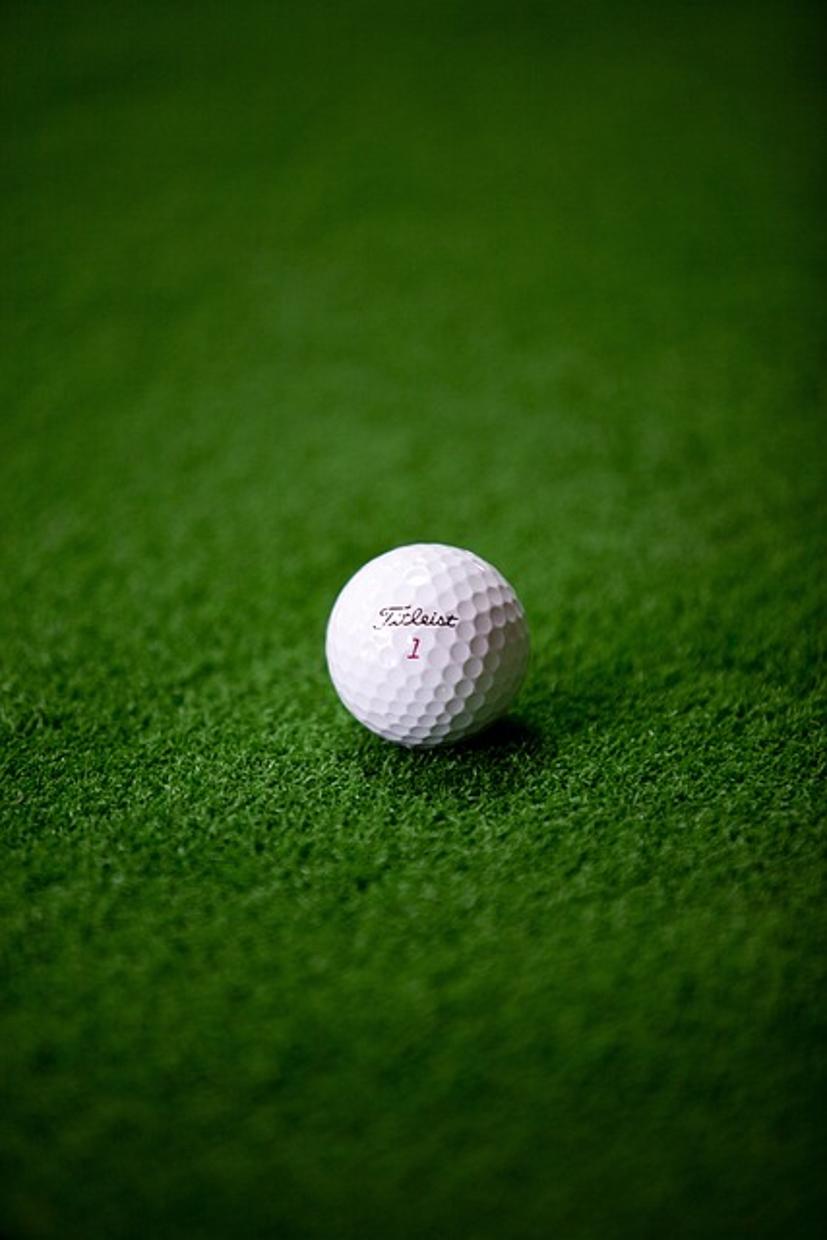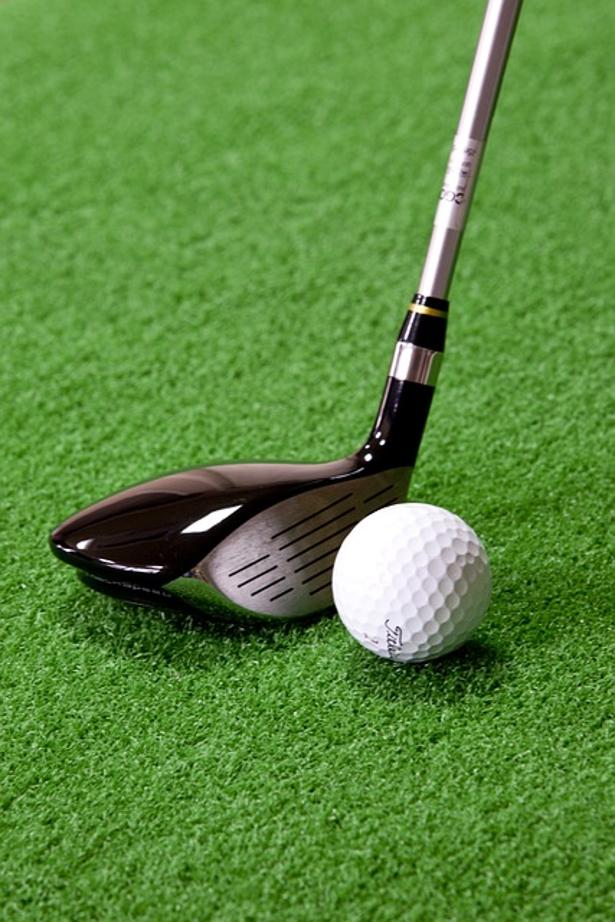How to Fix a Hook Golf
Introduction
Golfers at all levels often grapple with the persistent issue of a hook shot. It’s a frustrating experience when your ball veers dramatically to the left (for right-handed golfers), missing the intended target. Correcting this issue is crucial to improving your game and lowering your scores.

Understanding the Hook
Before diving into solutions, it’s essential to understand what causes a hook. A hook occurs when the clubface is closed relative to the swing path at impact, resulting in a counter-clockwise spin on the ball. This can occur due to several factors, including grip, stance, or swing plane issues. Recognizing these elements can significantly aid in addressing and correcting the problem.
Analyzing Your Swing
When dealing with a hook, the first step is analyzing your swing.
- Record Your Swing: Use a camera to capture your swing in slow motion.
- Review Your Stance: Pay attention to your initial setup.
- Observe the Impact Zone: Focus on where the clubface meets the ball.
These steps can help you identify problematic areas. Often, minor tweaks can lead to significant improvements. Addressing a problematic swing requires meticulous attention to detail, which brings us to the next focus: physical adjustments.
Physical Adjustments to Fix the Hook
Stance and Posture Tips
Your stance and posture play a crucial role in determining the swing path and, subsequently, the ball flight.
- Stance: Ensure your feet are shoulder-width apart. A too-narrow stance can lead to imbalance.
- Posture: Bend at the hips, not the waist. This ensures proper balance and allows for a more natural swing.
Grip Modifications
The way you hold your club can dramatically influence the direction of your shot.
- Neutral Grip: Hold the club in a way that the V created by your thumb and forefinger points to your right shoulder (for right-handed golfers).
- Avoiding Strong Grip: A too-strong grip can cause the clubface to close too soon, resulting in a hook.
Effective physical adjustments lay the foundation for mechanical corrections. Now, let’s explore how to refine your swing technique to address the hook more precisely.

Swing Technique Corrections
Proper Swing Path Mechanics
A critical aspect of fixing a hook is the swing path. Ideally, your swing should be on-plane for a straighter shot.
- Backswing: Ensure your line-of-flight is straight.
- Downswing: Focus on maintaining the right path. An inside-out swing path is often the culprit of hooking the ball.
Controlling Clubface Alignment
The position of the clubface at impact greatly influences the ball’s trajectory.
- Square Clubface: Aim to keep the clubface square through impact.
- Practice with Alignment Tools: Use tools like alignment sticks to guide your swing path and clubface.
Developing proper swing mechanics often involves diligent practice with specific drills designed to correct flawed movements. Let’s discuss the drills you can incorporate into your routine to fix the hook.

Practicing Drills to Fix the Hook
Recommended Drills
Drills are essential for ingraining the right habits and correcting flaws.
- Gate Drill: Place two tees just wider than your clubhead. Swing through without hitting them to improve path alignment.
- Impact Tape Drill: Use impact tape on your clubface to understand where you’re striking the ball.
Tips for Effective Practice
Effective practice can lead to substantial improvements in your game.
- Consistent Practice: Dedicate regular time for practice.
- Feedback Loop: Continuously check your progress with video recordings or professional feedback.
Consistency in practice is key to long-term improvement. However, sometimes self-correction isn’t enough, and seeking professional advice can accelerate your progress significantly.
Seeking Professional Help and Further Learning
Enrolling in a golf clinic, hiring a coach, or using online tutoring services can provide you with personalized feedback and recommendations tailored to your specific swing.
Conclusion
Addressing a hook shot in golf requires a thorough understanding of its causes and a disciplined approach to correction. By analyzing your swing, making physical adjustments, refining your technique, and practicing diligently, you can significantly improve your game. Remember, seeking professional help can further accelerate your progress and provide valuable insights into perfecting your swing.
Frequently Asked Questions
What causes a hook in golf?
A hook is caused by a closed clubface relative to the swing path, leading to a counter-clockwise spin.
How can I tell if I’m hooking the ball?
A hooked ball typically starts straight before significantly curving left for right-handed golfers.
Are there any drills to prevent hooking in golf?
Yes, drills like the Gate Drill and using alignment tools can help correct and prevent a hook.
